-

Brassinolide CAS:72962-43-7
Brassinolide is a naturally occurring plant hormone classified as a brassinosteroid. It plays a crucial role in regulating various physiological processes in plants, including growth, development, and stress responses. Due to its potent bioactivity, brassinolide has garnered attention in agricultural applications, where it is used to enhance crop productivity, improve stress tolerance, and stimulate plant growth.
-
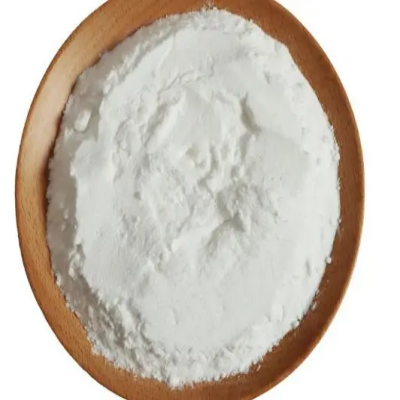
Alexidine dihydrochloride CAS:22573-93-9
Alexidine dihydrochloride is a broad-spectrum antimicrobial agent belonging to the bisbiguanide class of chemicals. It is widely utilized in healthcare, personal care products, and industrial settings for its potent antibacterial and antifungal properties. Alexidine dihydrochloride plays a crucial role in controlling microbial contamination and promoting product preservation.
-
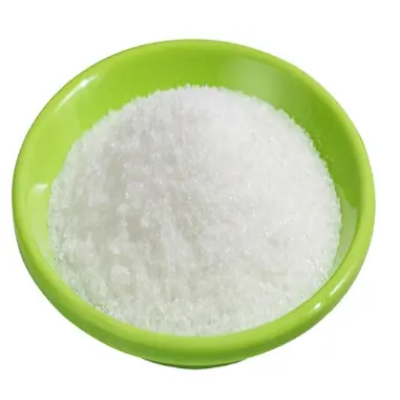
Amikacin sulfate CAS:39831-55-5
Amikacin sulfate is a potent antibiotic belonging to the aminoglycoside class, commonly used in the treatment of severe bacterial infections. It exhibits broad-spectrum activity against Gram-negative bacteria and is particularly effective against multidrug-resistant strains. Amikacin sulfate works by inhibiting protein synthesis in susceptible bacteria, making it a crucial medication for combating serious infections where other antibiotics may be ineffective.
-
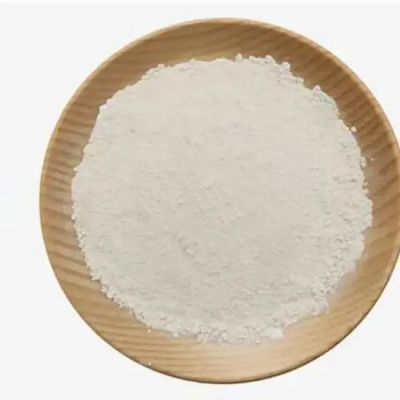
Amphotericin B – Injection grade CAS:1397-89-3
Amphotericin B, in injection grade, is a potent antifungal medication used to treat severe systemic fungal infections. It belongs to the polyene class of antifungals and is known for its broad spectrum of activity against various fungi, including life-threatening pathogens. Amphotericin B injection plays a critical role in the management of invasive fungal infections where other antifungal agents may be ineffective.
-
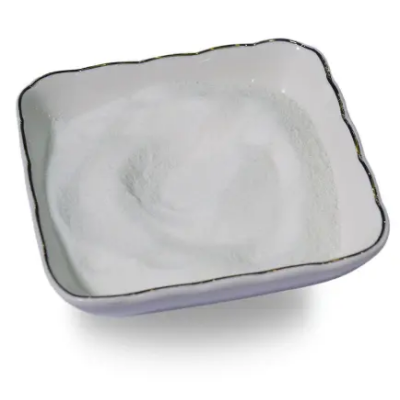
Amoxicillin trihydrate CAS:61336-70-7
Amoxicillin trihydrate is a widely used and effective broad-spectrum antibiotic belonging to the penicillin class. It is a hydrate salt form of amoxicillin that is commonly prescribed for treating bacterial infections, such as respiratory tract infections, urinary tract infections, and skin infections. Amoxicillin trihydrate inhibits bacterial cell wall synthesis, making it a valuable medication for combating a wide range of common bacterial illnesses.
-
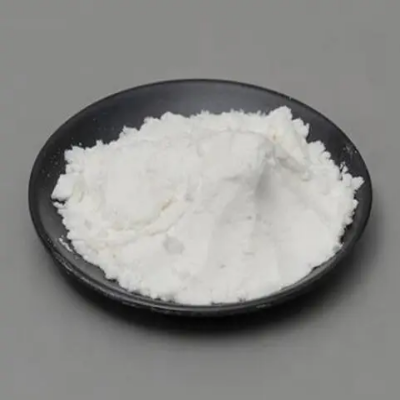
Sodium L-ascorbyl-2-phosphate CAS:66170-10-3
Sodium L-ascorbyl-2-phosphate is a stable derivative of vitamin C, widely used in skincare formulations due to its excellent antioxidant properties. This water-soluble compound has been shown to have skin brightening and anti-aging benefits, making it popular in various cosmetic products. As a powerful antioxidant, it helps protect the skin from environmental stressors such as UV radiation and pollution, while also contributing to collagen synthesis for improved skin elasticity.
-
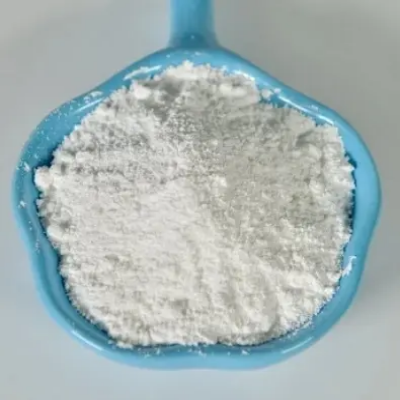
Ansamycin CAS:72559-06-9
Ansamycins are a class of antibiotics that include rifamycins and ansamitocins. They exhibit potent antimicrobial activity against various bacterial pathogens by inhibiting RNA synthesis. Ansamycins have been developed for their broad-spectrum antibiotic properties and play a crucial role in the treatment of infections caused by susceptible bacteria.
-
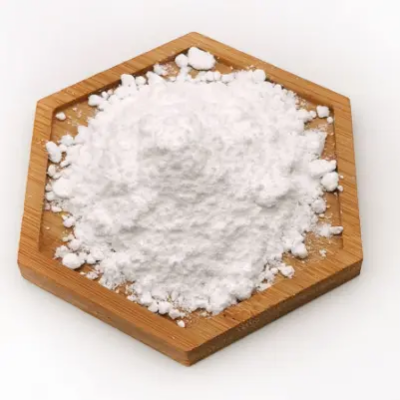
Azlocillin sodium salt CAS:37091-65-9
Azlocillin sodium salt is a derivative of the semisynthetic penicillin antibiotic azlocillin. It is formulated as a water-soluble salt for intravenous administration. Azlocillin sodium salt exhibits broad-spectrum antibacterial activity against Gram-negative and some Gram-positive bacteria, making it valuable for treating severe infections in clinical settings.
-
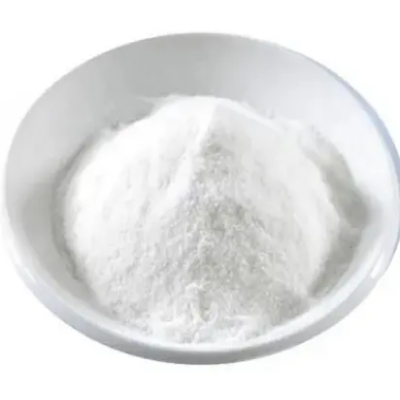
Ampicillin sodium salt CAS:69-52-3
Ampicillin sodium salt is a derivative of ampicillin, a broad-spectrum penicillin antibiotic used to treat bacterial infections. It is the sodium salt form of ampicillin and is commonly employed in pharmaceutical formulations due to its stability and solubility properties. Ampicillin sodium salt exhibits bactericidal activity against a wide range of bacteria by inhibiting cell wall synthesis, making it an essential antibiotic for combating various infections.
-
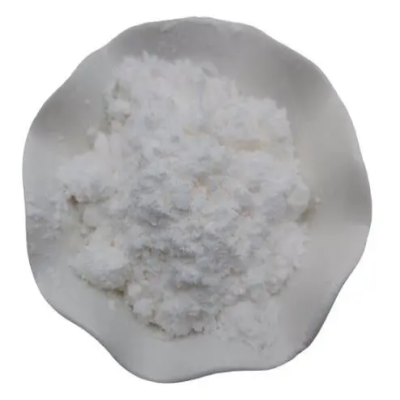
Arecoline hydrobromide CAS:300-08-3
Arecoline hydrobromide is a chemical compound derived from the betel nut and is known for its cholinergic properties. It acts as a muscarinic and nicotinic acetylcholine receptor agonist, affecting various physiological processes in the body. Arecoline hydrobromide has been studied for its potential pharmacological effects and applications in research and medicine.
-
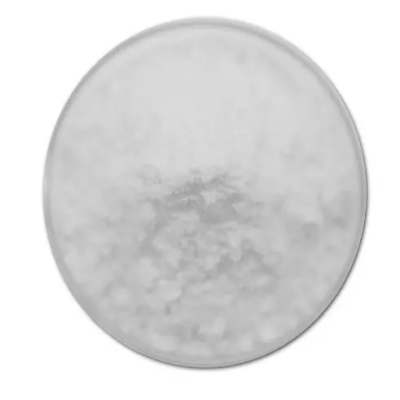
Azithromycin CAS:83905-01-5
Azithromycin is a broad-spectrum macrolide antibiotic used to treat various bacterial infections. It inhibits bacterial protein synthesis by binding to the 50S ribosomal subunit, thereby halting bacterial growth. Azithromycin is known for its extended half-life and convenient once-daily dosing regimen, making it a popular choice for treating respiratory tract infections, skin and soft tissue infections, sexually transmitted diseases, and other bacterial illnesses.
-
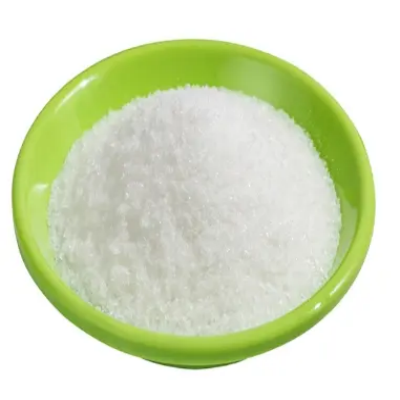
Avibactam sodium CAS:1192491-61-4
Avibactam sodium is a beta-lactamase inhibitor that enhances the activity of certain antibiotics against resistant bacteria. It belongs to the class of non-beta-lactam beta-lactamase inhibitors and is used in combination with antibiotics to combat multidrug-resistant bacterial infections.

